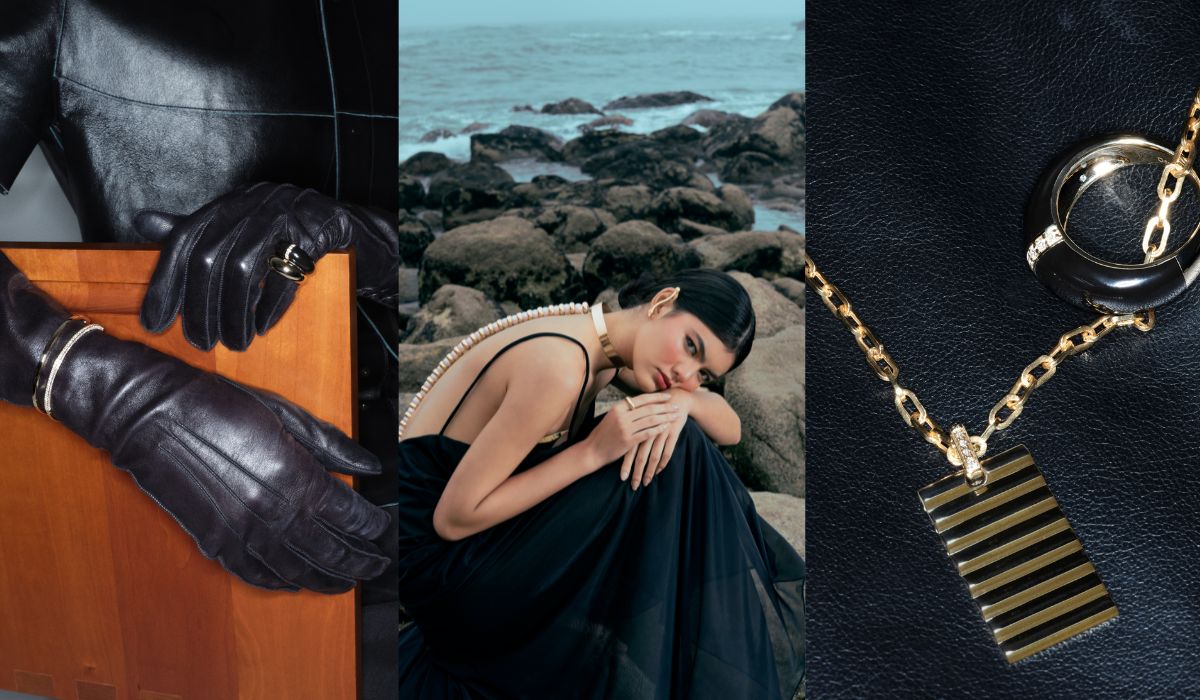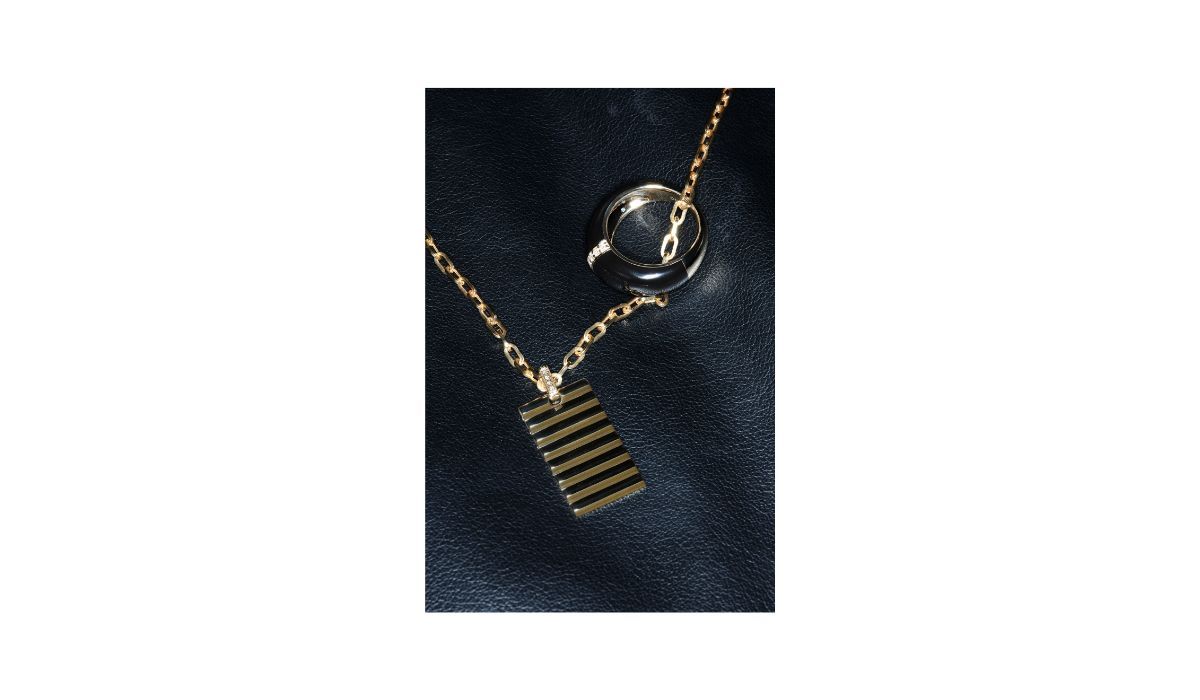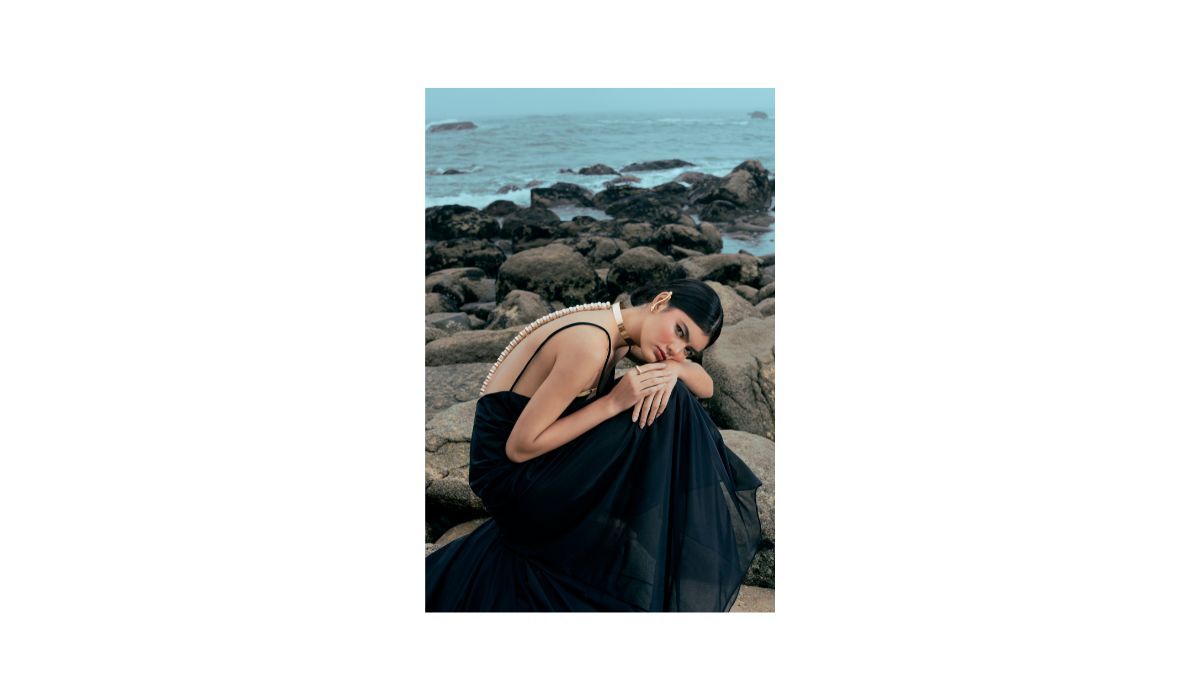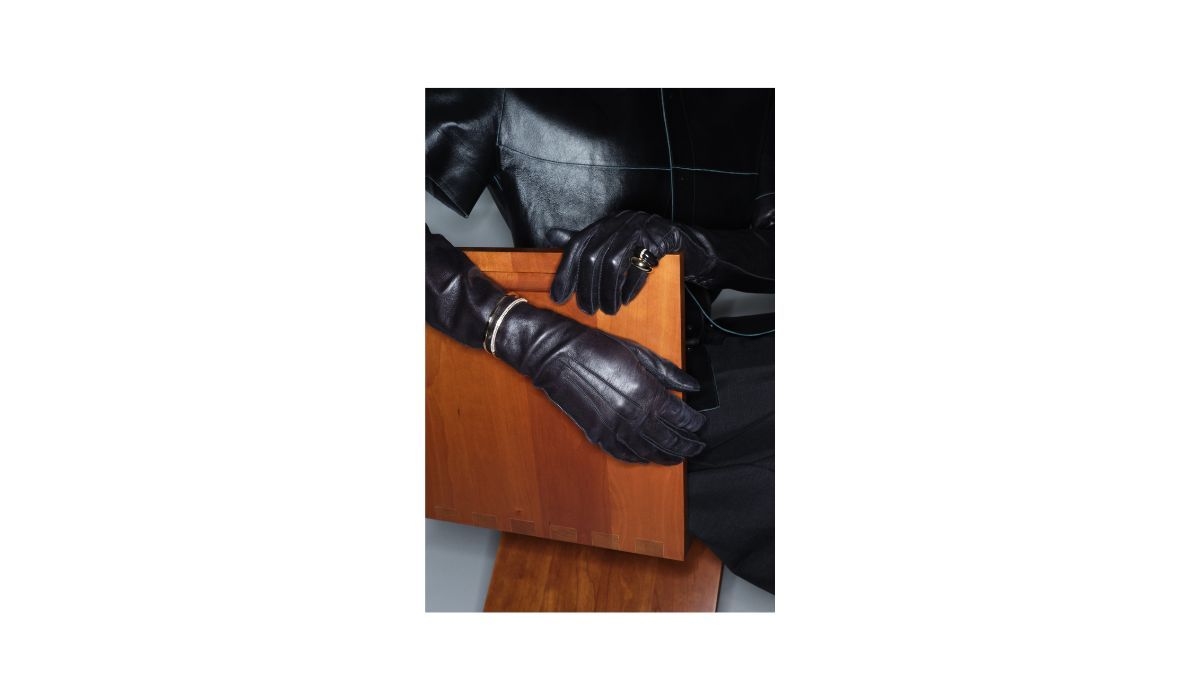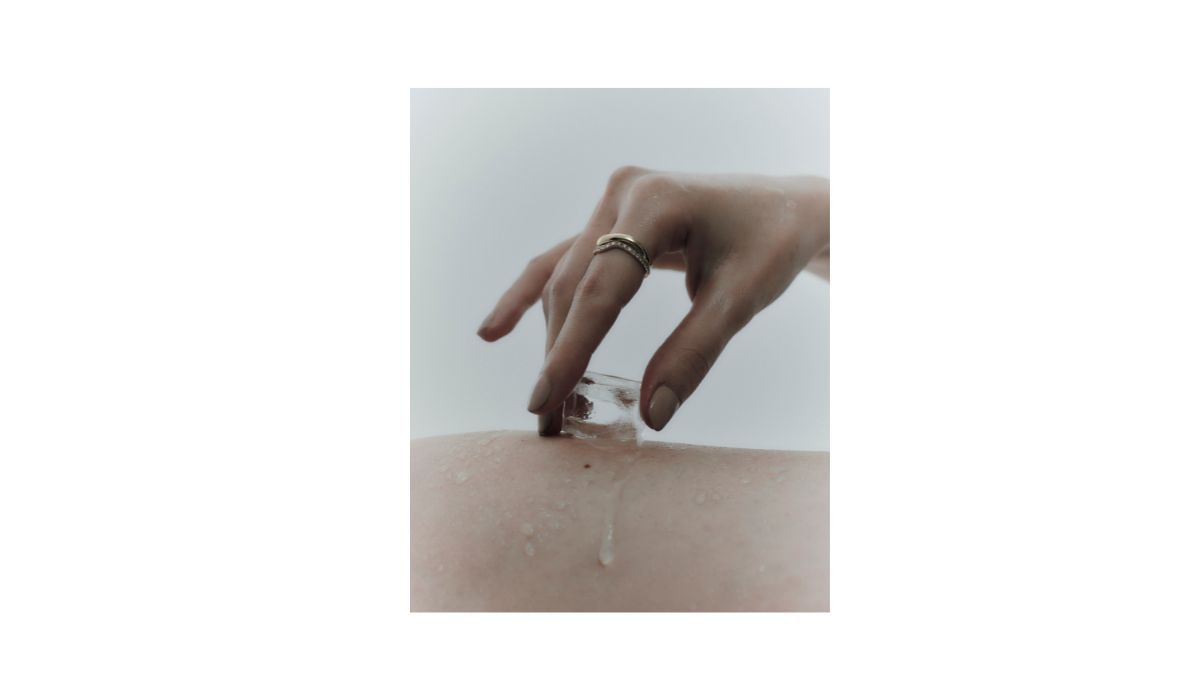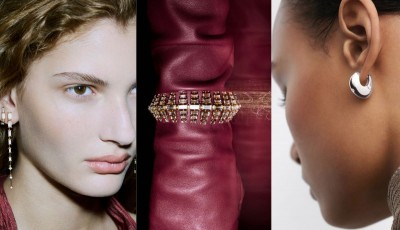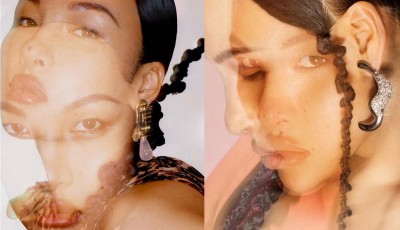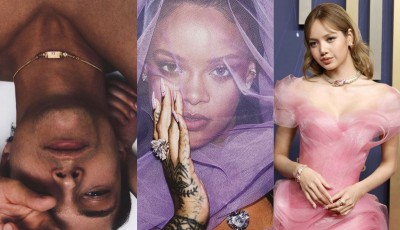The New Challenge of High-End Jewelry
Transforming exclusivity into a shared value. This is the new rule that will shape the future of high-end goods, including jewelry. “Beautiful and rare” will become an ideal coveted by a wider public ready to rewrite the traditional codes of excellence
How important will the middle class be for the world of luxury goods in the future? A simple question that emerges forcefully at a complex time, as the latest available data confirm. According to the Altagamma-Bain Worldwide Luxury Market Monitor 2024, the global high-end market has undergone a phase of normalization after the record highs of the post-pandemic period, registering a slight decline of 2% in personal goods, while some categories, such as jewelry, confirm a positive trend of +4.5%. “Experiential luxury” gained ground at +5%, proof of how consumers are increasingly oriented towards experiences that combine tangible and emotional value, while the gap between high-end and aspirational consumption widened: 50 million consumers lost in two years, including many young people. A moderate recovery is estimated by 2025. The radical metamorphosis that the sector is undergoing is evident and invites us to reflect on the very nature of desire and its value. While in the past, luxury represented an extension of exclusivity that separated the elite from the masses, nowadays, it is abandoning the heights of Olympus to look in a more inclusive direction. The new aspirations of the middle classes will help change the way we conceive “beautiful and rare”.
«Aspirational consumers already represent a significant share of the luxury market today, offering a strategic opportunity for luxury brands to target an increasingly diverse audience. Our recent research shows that these customers, who spend between €3,000 and €10,000 per year, are responsible for around 50% of the sector's value. Their purchases look towards different product categories, such as leather goods, accessories, beauty products, jewelry and watches,» explains Gemma D'Auria, Senior Partner at McKinsey & Company. A segment that brands must necessarily open up to in order to grow.
«In the current context, which features new trends at sector level, such as price increases and the decision of some brands to give up second product lines and entry products, it is clear that those operating in the luxury sector can no longer rely on price increase leverage. Indeed, this approach is no longer viable in a market characterized by exceptionally anemic growth,» D'Auria adds. «Success will depend on the ability to differentiate and attract new consumers, with particular focus on aspirational buyers, which will be crucial to sustaining long-term growth.»
Despite the economic polarization that favors the top 1% of High Net Worth Individuals, middle to high consumers are showing signs of recovery, especially in the United States, where a +4.5% increase is expected in 2025, supported by falling inflation and renewed interest in quality products and services. Jewelry particularly stands out as one of the most resilient categories: a sector that tries to innovate and attract new market segments. Jewelry has always been linked to the idea of limitedness: what is rare becomes desirable, and what is desirable feeds the value cycle. But in a globalized world, rarity can no longer be defined solely by the economic factor. It must merge with a sense of authenticity, narrative, cultural and experiential value.
«In order to generate long-lasting engagement that can reach different types of consumers without compromising identity and exclusivity, brands will have to adopt an innovative approach and rethink their go-to-market strategies, focusing above all on the ‘share of life’,» says D'Auria. «Building unique and engaging experiences that respond to the diverse and evolving needs of aspirational luxury consumers will become increasingly important. This requires a mindset that is open to innovation and change, as well as a deep understanding of the aspirations, values and interests of different types of consumers.»
Big names such as Cartier, Piaget and Bulgari, while anchored to the tradition of craftsmanship that has made them famous, have already managed to respond to a broader but no less refined public with proposals capable of creating an emotional bond that transcends mere material acquisition. But today, the answer lies, above all, in the balance between affordability and desirability. It is no coincidence that fashion jewelry is growing significantly: refined and creative designs, innovative materials, and a more accessible price positioning make it an ideal choice for those seeking a balance between quality and cost. At the same time, the second-hand market is becoming stronger, offering consumers an alternative way to access unique pieces steeped in history.
Vintage jewelry, in particular, is experiencing a veritable renaissance, fueled by a growing focus on sustainability and the desire to own items that have intrinsic as well as economic value. «Aspirational luxury consumers are always looking for new experiences and brands that reflect their evolving values and lifestyle,» explains D'Auria. «This certainly sets an ambitious goal for both established and emerging brands, who have the chance to welcome this challenge by capturing the attention and loyalty of new communities through innovation, differentiation and by creating authentic emotional connections with consumers. At the same time, evolving demographics will lead to significant changes, new trends and preferences that brands will need to consider and integrate into their strategies in order to capture new value. Innovation will play a central role, driving them to adopt the most suitable technological solutions to meet customers' needs, with a focus on the customer experience and the online shopping experience. Investment in advanced analytics and customer data analysis will be key to developing tailored strategies that enable a more personalized approach to consumer interaction, helping to consolidate loyalty and maintain a competitive edge in the market. Sustainability, an increasingly important element in purchasing preferences, will guide many consumer decisions. In fact, it is estimated that luxury segment jewelry purchase choices influenced by sustainability will triple in the next few years, offering an important opportunity for the industry, which will have to adopt new measures to ensure ever greater transparency and traceability,» D'Auria concludes.
The aspirational middle class, therefore, is not a threat to traditional luxury, but an opportunity to enrich its definition, to push it to explore dimensions that were unthinkable until now, transforming the “well-being for the few” dogma into “better quality for the many”.
«Aspirational consumers already represent a significant share of the luxury market today, offering a strategic opportunity for luxury brands to target an increasingly diverse audience. Our recent research shows that these customers, who spend between €3,000 and €10,000 per year, are responsible for around 50% of the sector's value. Their purchases look towards different product categories, such as leather goods, accessories, beauty products, jewelry and watches,» explains Gemma D'Auria, Senior Partner at McKinsey & Company. A segment that brands must necessarily open up to in order to grow.
«In the current context, which features new trends at sector level, such as price increases and the decision of some brands to give up second product lines and entry products, it is clear that those operating in the luxury sector can no longer rely on price increase leverage. Indeed, this approach is no longer viable in a market characterized by exceptionally anemic growth,» D'Auria adds. «Success will depend on the ability to differentiate and attract new consumers, with particular focus on aspirational buyers, which will be crucial to sustaining long-term growth.»
Despite the economic polarization that favors the top 1% of High Net Worth Individuals, middle to high consumers are showing signs of recovery, especially in the United States, where a +4.5% increase is expected in 2025, supported by falling inflation and renewed interest in quality products and services. Jewelry particularly stands out as one of the most resilient categories: a sector that tries to innovate and attract new market segments. Jewelry has always been linked to the idea of limitedness: what is rare becomes desirable, and what is desirable feeds the value cycle. But in a globalized world, rarity can no longer be defined solely by the economic factor. It must merge with a sense of authenticity, narrative, cultural and experiential value.
«In order to generate long-lasting engagement that can reach different types of consumers without compromising identity and exclusivity, brands will have to adopt an innovative approach and rethink their go-to-market strategies, focusing above all on the ‘share of life’,» says D'Auria. «Building unique and engaging experiences that respond to the diverse and evolving needs of aspirational luxury consumers will become increasingly important. This requires a mindset that is open to innovation and change, as well as a deep understanding of the aspirations, values and interests of different types of consumers.»
Big names such as Cartier, Piaget and Bulgari, while anchored to the tradition of craftsmanship that has made them famous, have already managed to respond to a broader but no less refined public with proposals capable of creating an emotional bond that transcends mere material acquisition. But today, the answer lies, above all, in the balance between affordability and desirability. It is no coincidence that fashion jewelry is growing significantly: refined and creative designs, innovative materials, and a more accessible price positioning make it an ideal choice for those seeking a balance between quality and cost. At the same time, the second-hand market is becoming stronger, offering consumers an alternative way to access unique pieces steeped in history.
Vintage jewelry, in particular, is experiencing a veritable renaissance, fueled by a growing focus on sustainability and the desire to own items that have intrinsic as well as economic value. «Aspirational luxury consumers are always looking for new experiences and brands that reflect their evolving values and lifestyle,» explains D'Auria. «This certainly sets an ambitious goal for both established and emerging brands, who have the chance to welcome this challenge by capturing the attention and loyalty of new communities through innovation, differentiation and by creating authentic emotional connections with consumers. At the same time, evolving demographics will lead to significant changes, new trends and preferences that brands will need to consider and integrate into their strategies in order to capture new value. Innovation will play a central role, driving them to adopt the most suitable technological solutions to meet customers' needs, with a focus on the customer experience and the online shopping experience. Investment in advanced analytics and customer data analysis will be key to developing tailored strategies that enable a more personalized approach to consumer interaction, helping to consolidate loyalty and maintain a competitive edge in the market. Sustainability, an increasingly important element in purchasing preferences, will guide many consumer decisions. In fact, it is estimated that luxury segment jewelry purchase choices influenced by sustainability will triple in the next few years, offering an important opportunity for the industry, which will have to adopt new measures to ensure ever greater transparency and traceability,» D'Auria concludes.
The aspirational middle class, therefore, is not a threat to traditional luxury, but an opportunity to enrich its definition, to push it to explore dimensions that were unthinkable until now, transforming the “well-being for the few” dogma into “better quality for the many”.


